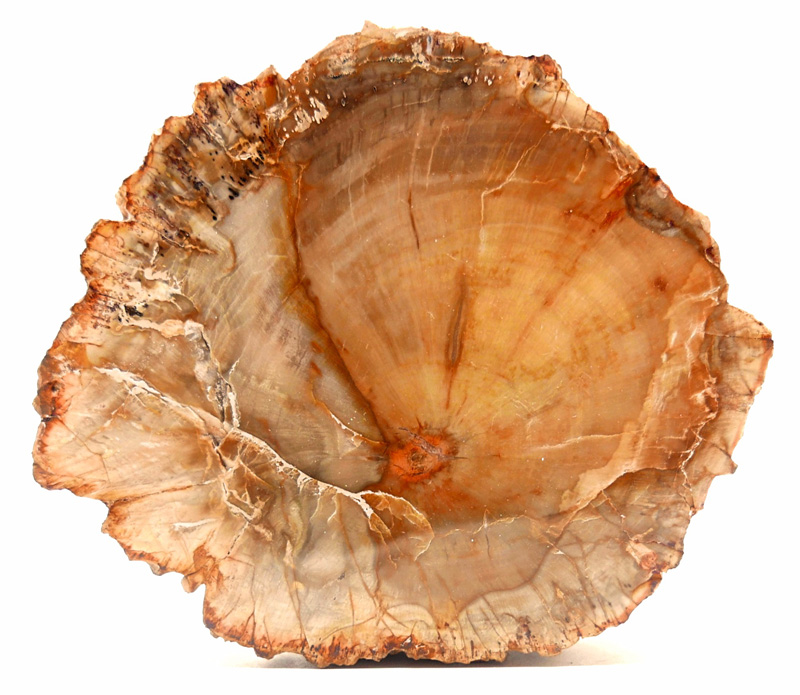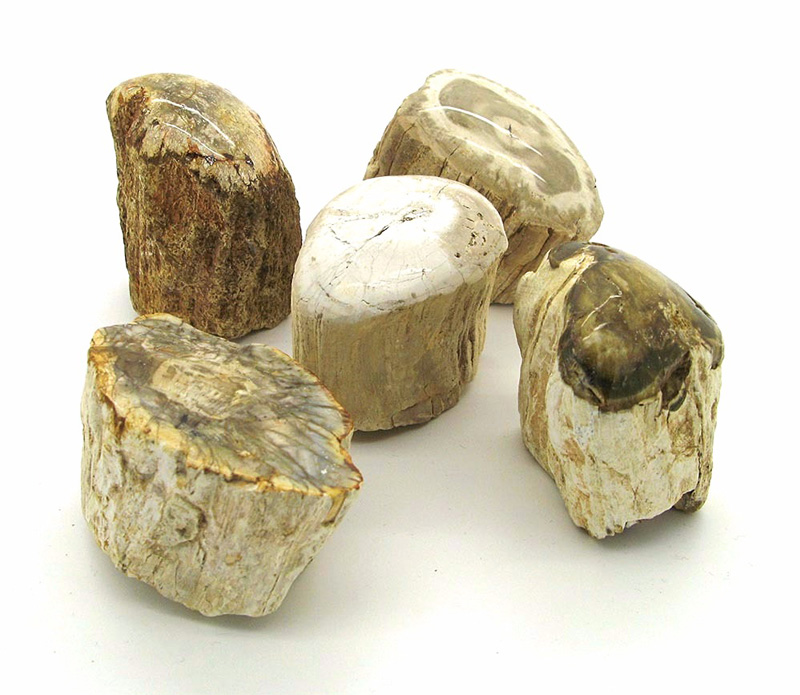

PHYSICAL PROPERTIES
- GROUP Oxides
- CRYSTALLINE SYSTEM Trigonal / amorphic
- HARDNESS 6.5 - 7
MINERALOGICAL CHARACTERISTICS
The xylopal is a fossilized wood about 200-250 million years old, belonging to the Triassic period. It was formed thanks to the trees that were buried underground among the sediments that were accumulating. In these sediments the silica predominated, which along with the action of the water was filtering, filling or replacing the cell walls of the wood. The presence of iron, copper and manganese present in the water and in the sediments give the xylopal tree different shades and colors. In this way, the tree or wood was left with a mineral mold in which it is often possible to observe the original tissue of the plant and even the growth rings, as in photographs of cross-sections of trunks or branches of fossilized trees.< /p>
Deposits: Argentina, Madagascar, Brazil, Morocco and the United States.
THERAPEUTIC PROPERTIES
The xylopal is considered a stone of transformation. It favors rooting and connection with mother earth, also facilitating cleaning at an energetic level. The xylopal brings tranquility and well-being. Enhances opening and helps soften stiffness. At a curative level, it is applied to the solar plexus in the treatment of osteoarthritis and arthritis.


